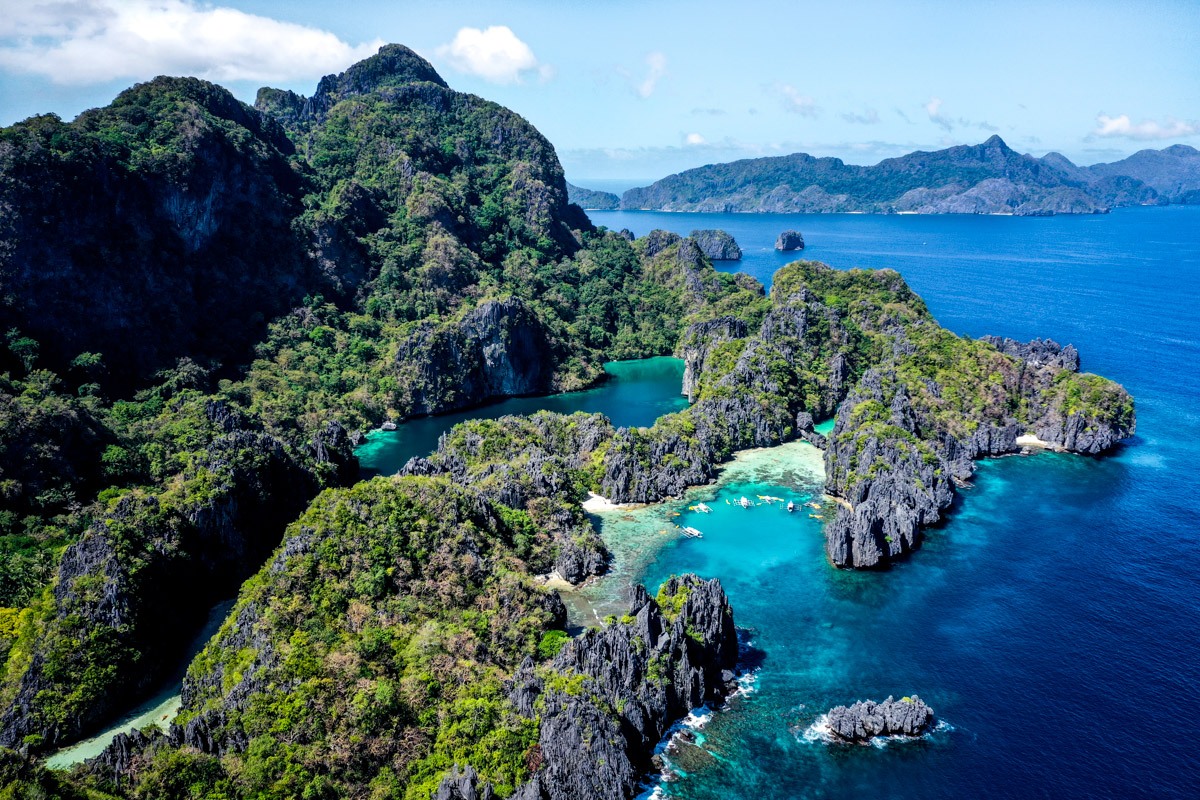
History
El Nido, located in the northern tip of Palawan, Philippines, was originally inhabited by the Tagbanua indigenous people. The area gained recognition for its rich marine biodiversity and limestone cliffs, which led to its gradual development as a tourist destination. Over time, El Nido has preserved much of its natural beauty while adapting to modern tourism.
Culture
The culture of El Nido is deeply influenced by the Tagbanua tribe, who maintain traditional fishing practices and celebrate local festivals. Visitors can experience the local way of life through community interactions, craft markets, and culinary specialties featuring fresh seafood.
Geography
El Nido is renowned for its dramatic karst limestone formations, hidden lagoons, pristine beaches, and crystal-clear waters. Situated within Bacuit Bay, it consists of numerous small islands and islets, making it a paradise for island hopping, snorkeling, and eco-tourism activities.
Tourism Highlights
El Nido offers a variety of activities such as island hopping, kayaking, scuba diving, and hiking. Popular destinations include Small Lagoon, Big Lagoon, Secret Beach, and Nacpan Beach. Tour operators provide packages for different interests and budgets.
Sustainable Tourism
El Nido promotes eco-friendly travel to protect its unique environment. Visitors are encouraged to follow guidelines such as: avoiding single-use plastics, respecting marine life, using local guides, and supporting community-based initiatives. These practices help preserve the natural beauty and cultural heritage for future generations.